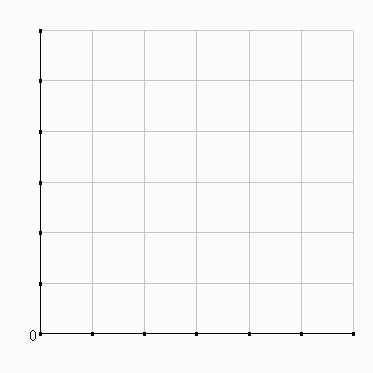|
|
Wednesday, March 28, 2012 |
C. Global market power and trade
What we're about to see is an example in which global
welfare and national welfare do not always move in the same direction.
Context now: a large country in a global market: has international market
power: a potential to influence
global prices
Examples? OPEC
How is the policy situation different in an
international context vs. a domestic context?
National welfare for a closed
economy:
Exercising market power makes us worse off:
Profits come at the expense of a greater loss of welfare to domestic
consumers
Market power profits =
redistribution and cannot offset efficiency loss
National
welfare for an open economy:
In trade markets, exercising market power can make us better off:
Profits come at the expense of foreign consumers
Profits from abroad = new wealth
and can offset a country's efficiency loss.
Policy intervention for these purposes =
"exploitative intervention" or
"beggar-thy-neighbor" policies
Home gains at the expense of its trading partners and of global welfare
Note: It is unfriendly, and globally minded
economists do not endorse it
1. Optimal trade restrictions:
Terms of trade manipulation
This power arises in 2 situations:
Market power as an Exporter
(seller): monopoly
? Goal: raise or lower
Px? raise Px => export less
Market power as an Importer
(buyer): monopsony
?
Goal: raise or lower Pm? lower Pm => import less
Either situation: restrict trade volume to
improve terms of trade and increase trade benefits
Recall trade market:
For any Q traded:
Dm tells Pm (price in importing country)
Sx tells Px (price in exporting country)
In diagram:
A = ordinary trade
gains for importer
F = ordinary trade gains for exporter
BD = policy gains--go to the country that imposes the trade
restriction
CE = global welfare loss |
 |
| |
|
| Policy Options: |
| Exporter |
Importer |
1. Export quota
2. Export tax |
-->Charge importer Pm' |
3. Import quota
4. Tariff |
--> Pay exporter Px' |
Monopsony power and the optimal tariff
Consider a large-country importer of trucks
See optimal tariff
worksheet
Lesson: A large country can use trade policy to raise
its welfare by improving its terms of trade
Importer: optimal tariff or quota
Exporter: optimal export tax or export quota
Note: Optimal
tariff for a small country = 0
By definition, market power argument does not apply to small countries
--not a friendly policy
Global welfare falls
Concluding observations:
A large country can avoid a fall in welfare when its supply
increases and threatens to lower its ToT too much
Just restrict trade and come out ahead for sure
Ex: Brazil buying up coffee and destroying it
In practice: ToT manipulation
opportunities are rare and unlikely to amount to much.
OPEC may be our best exception.
If the number of domestic firms is small, government
can simply allow them to collude on trade prices, and they can reach the profit-mazimizing
optimum directly
Risk: collusion won't stop at the border--it will likely spillover into
the domestic market too
Japan: Bargaining over license fees for imported
technology. Coordianted by MITI to prevent Japanese firms from competing with each other
and bidding up the fees they paid.
US: allows exploitation of market power in exports:
Export Trade Act of 1918: (Webb-Pomerene
Act (1918)): Collusion OK on X's as long as domestic market is not
affected. Used especially by US motion picture industry
US Export Trading Company Act
(1982)
allows advance approval of trade
behavior that would ordinarily violate domestic antitrust laws. Actions are then
OK even if the effects do spill over into domestic markets
Terms of trade effect is the strongest argument for
tariffs
Problem in practice: retaliation; then all are worse off.
